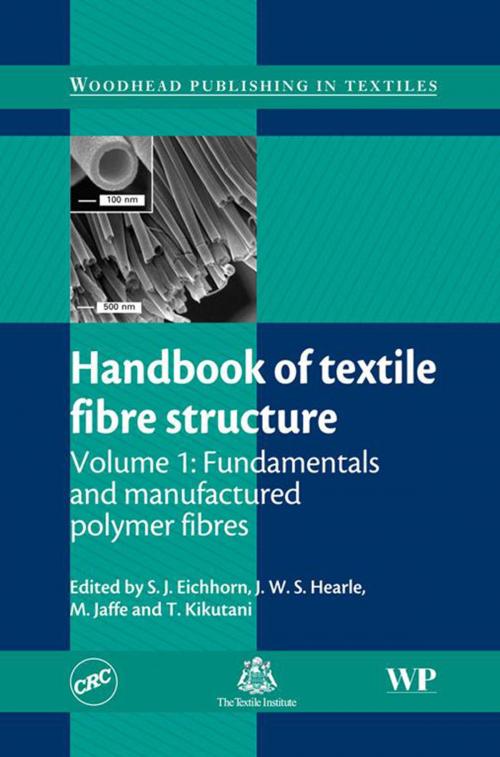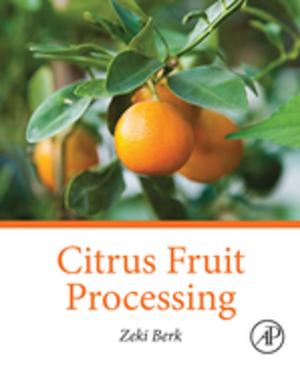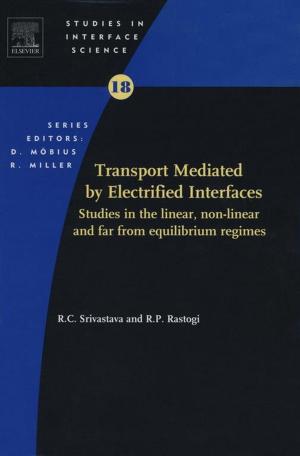Handbook of Textile Fibre Structure
Volume 1: Fundamentals and Manufactured Polymer Fibres
Nonfiction, Science & Nature, Technology, Textiles & Polymers| Author: | ISBN: | 9781845696504 | |
| Publisher: | Elsevier Science | Publication: | October 19, 2009 |
| Imprint: | Woodhead Publishing | Language: | English |
| Author: | |
| ISBN: | 9781845696504 |
| Publisher: | Elsevier Science |
| Publication: | October 19, 2009 |
| Imprint: | Woodhead Publishing |
| Language: | English |
Due to their complexity and diversity, understanding the structure of textile fibres is of key importance. This authoritative two-volume collection provides a comprehensive review of the structure of an extensive range of textile fibres.
Volume 1 begins with an introductory set of chapters on fibre structure and methods to characterise fibres. The second part of the book covers the structure of manufactured polymer fibres such as polyester, polyamides, polyolefin, elastomeric and aramid fibres as well as high-modulus, high-tenacity polymer fibres. Chapters discuss fibre formation during processing and how this affects fibre structure and mechanical properties. A companion volume reviews natural, regenerated, inorganic and specialist fibres.
Edited by leading authorities on the subject and with a team of international authors, the two volumes of the Handbook of textile fibre structure is an essential reference for textile technologists, fibre scientists, textile engineers and those in academia.
- The first title of a authoritative two-volume collection that provides a comprehensive review of the structure of a range of textile fibres
- Provides an overview of the development of fibre structure and methods to characterise fibres
- Examines the structure of both traditional and new fibres and natural and manufactured fibres
Due to their complexity and diversity, understanding the structure of textile fibres is of key importance. This authoritative two-volume collection provides a comprehensive review of the structure of an extensive range of textile fibres.
Volume 1 begins with an introductory set of chapters on fibre structure and methods to characterise fibres. The second part of the book covers the structure of manufactured polymer fibres such as polyester, polyamides, polyolefin, elastomeric and aramid fibres as well as high-modulus, high-tenacity polymer fibres. Chapters discuss fibre formation during processing and how this affects fibre structure and mechanical properties. A companion volume reviews natural, regenerated, inorganic and specialist fibres.
Edited by leading authorities on the subject and with a team of international authors, the two volumes of the Handbook of textile fibre structure is an essential reference for textile technologists, fibre scientists, textile engineers and those in academia.
- The first title of a authoritative two-volume collection that provides a comprehensive review of the structure of a range of textile fibres
- Provides an overview of the development of fibre structure and methods to characterise fibres
- Examines the structure of both traditional and new fibres and natural and manufactured fibres















